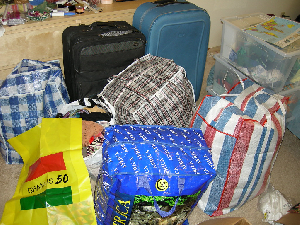Nearly 800 million cubic metres of water go from Lesotho to South Africa in a year, earning the landlocked country billions. But people living in villages near the dams don't benefit - and even have to get their own water from unprotected sources, from which waterborne diseases spread.
Communities living within sight of Lesotho's two biggest dams endure a daily struggle to get safe water because the "white gold" they can see but cannot reach is destined for neighbouring South Africa.
The landlocked country has earned a total of 11.2-billion maloti ($746-million) for selling 16,401.3 million cubic metres of clean water to its bigger, much wealthier neighbour from 1996 to 2020, according to the Lesotho Highlands Development Authority (LHDA), the project's implementing agency.
In 2020 alone, Lesotho earned 1.03-billion maloti (about $69-million) when it sold about 780 million cubic metres of water to South Africa, according to the LHDA.
Despite being touted as a successful example of regional cooperation, the villages that border on these dams have not seen the government's earnings channeled back into their communities.
In Thabaneng, a village of several hundred people near Katse Dam, 69-year-old Mammofeng Sejanamane.
Africa News of Monday, 12 April 2021
Source: allafrica.com













